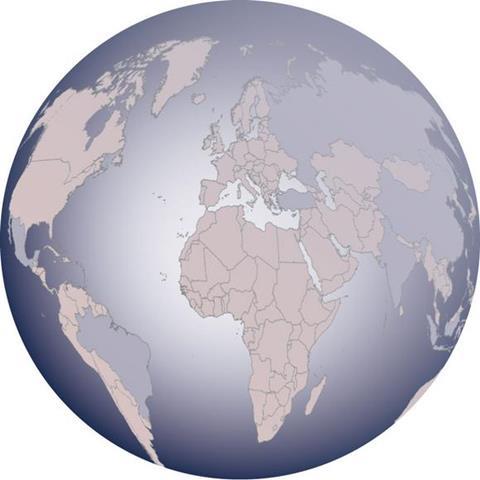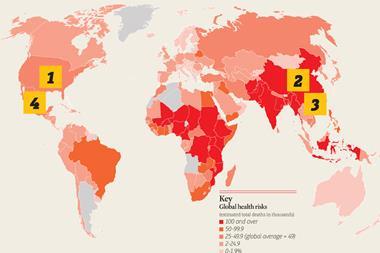Companies should not be complacent over global flu pandemic dangers

Pandemic flu is an emotive subject for risk managers, thanks to its track record. About 50 million people died from the 1918-19 Spanish flu or its complications, at a time when the global population was 1.8 billion.
Based on modelling done on the most lethal flu outbreaks of the 20th century (1918, 1957 and 1968), estimates of illness and employee absenteeism may reach 20%-30% in a future pandemic. Mortality rates may again run into tens of millions globally.
There is good appreciation for the effect such an event would have on employee wellbeing and business continuity. However, this understanding is tinged with a sense of ‘pandemic fatigue’.
Although managers are aware of the risk involved, frequent media reports of ‘the next big one’ are fostering a degree of inertia. In addition, people are increasingly questioning the point of being prepared in the event of a pandemic as this would overwhelm any preventive measures. Although it can be argued that experts and other agencies are often too quick to ‘cry wolf’, the value of true pandemic preparedness cannot be underestimated.
Effective plan
The next pandemic could originate from any number of monitored or unmonitored infectious pathogens. Many experts are not confident the next geographical source can be predicted accurately. In terms of focus, it may be more appropriate to address the ‘when’ and not the ‘where’ of the next outbreak.
Evidence points towards an increase in the frequency of pandemic infectious events and it pays to be vigilant about emerging threats.
A man who recently flew to Glasgow was diagnosed and then died of Congo hemorrhagic fever. In June, a Saudi national died of new coronavirus infection (from the same family of viruses that caused the sudden acute respiratory syndrome (SARS) outbreak in 2003). Since then, two other cases of this new virus have been confirmed in severely ill patients from the Middle East, including one who received care in the UK.
An effective pandemic plan has a system to collate such information, communicate the importance of the threat to employees and allow for a proportionate response. Professor John Oxford is the scientific director of retroscreen virology in the UK. He is also a renowned researcher in pandemic influenza in the UK and an expert advisor to healthcare and medical assistance company International SOS. He believes the frequency of such events is increasing.
“Allow for the rate of mutation in viruses, human behaviour, including increased travel, our interaction with poultry and other animals and we may face another pandemic as soon as 2016.”
The pattern of spread of infection from animal to human owing to proximity will continue. Humans live and work in ever more remote locations and are coming into contact with pathogens from which we have no immune protection.
The World Health Organisation (WHO), the Centres for Disease Control and Prevention (CDC) in Atlanta and other national agencies are important sources of information on pandemic. Although helpful in determining the direction and transmissibility of an outbreak, the WHO phases of pandemic are not tailored to businesses needs to prepare and inform employees locally. An outbreak across two borders with human-to-human transmissibility occurring in Egypt and Libya, for example, would be classified as Phase 5 globally but has little bearing on the advice a company should give their employees in London. Neither would it inform on the lethality of the outbreak. Pandemic planning should take into account the potential for infection to cause serious ill health or death and the phases of spread in the context of an organisation’s profile at global and community level.
During the next pandemic, companies with the right policies in place will face the least confusion, be able to maintain operations, preserve supply chain functions and support their affected employees.
Top 10 areas with confirmed human cases of H5N1 (2003-13)
1 Indonesia 191 cases/159 deaths
2 Vietnam 123 cases/61 deaths
3 Egypt 168 cases/60 deaths
4 China 43 cases/28 deaths
5 Cambodia 21 cases/19 deaths
6 Thailand 25 cases/17 deaths
7 Azerbaijan 8 cases/5 deaths
8 Turkey 12 cases/4 deaths
9 Iraq 3 cases/2 deaths
10 Laos 2 cases/2 deaths
Source: WHO/HIP



















No comments yet